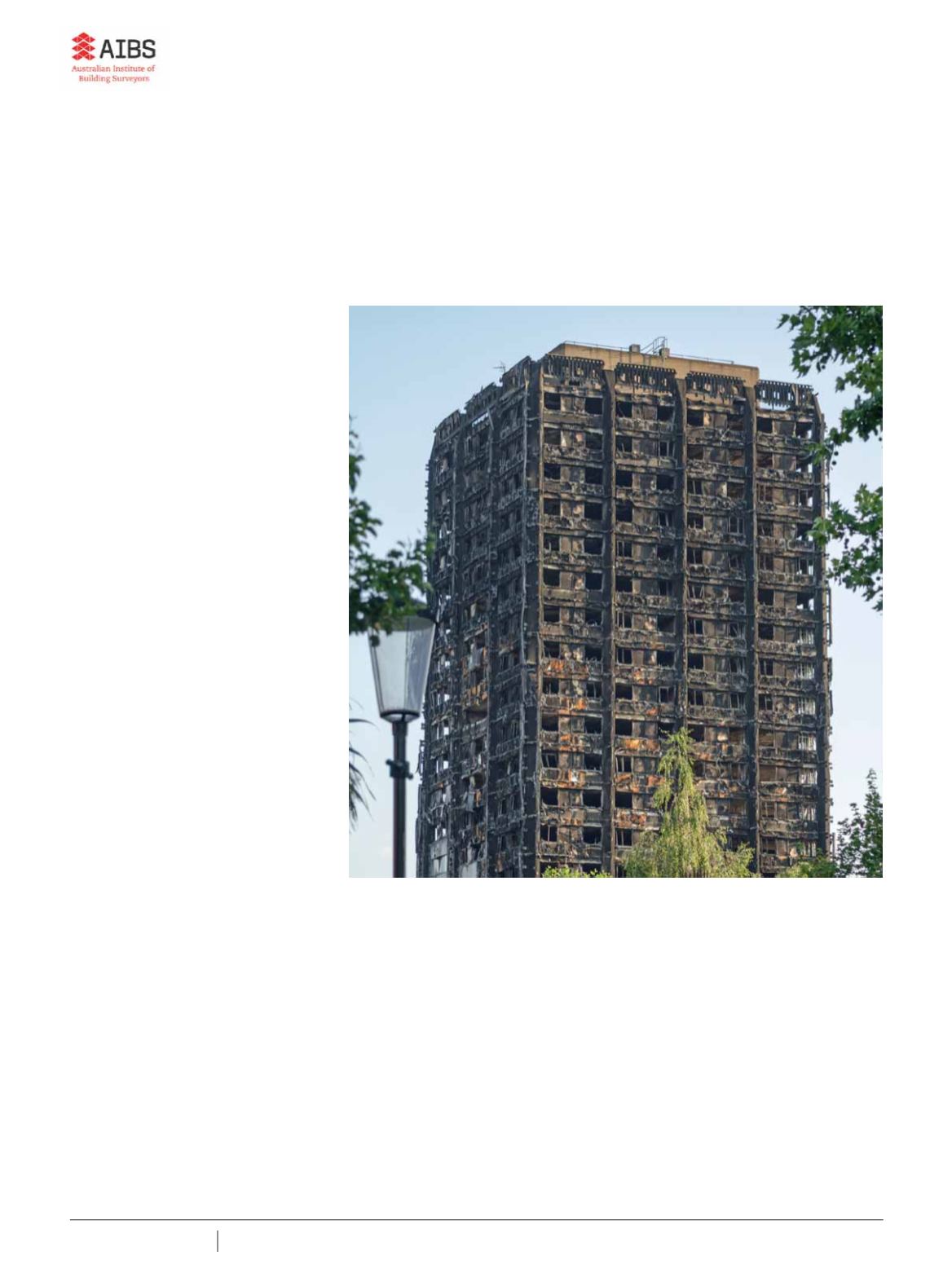

2 8
BUILDING CONNECTION Spring 2019
THE PROFESSIONAL INDEMNITY
HANDBRAKE
A
IBS is not the only industry
body that has been advising
its members about changes
happening in the professional indemnity
insurance market for some time now.
As expectations of the financial cost
of remediating non-conforming building
product use, and who is responsible,
and how the courts would decide on
these points are becoming known, we
are seeing a fairly rapid response from
insurers.
AIBS and other bodies have been
working hard to ensure governments
and industry are informed of the
situation as it develops, including the
ramifications for all.
Building surveyors are particularly
attuned to the professional indemnity
insurance market in the main because
legislation requires building surveyors
to obtain insurance as a prerequisite to
registration as a private practitioner.
Other practitioners also carry
professional indemnity, some because
they are required to in order to be
recognised by professional bodies and
others because it makes good business
sense to do so.
The tightening of the insurance
market is not isolated to building
surveyors. Just as building surveyors
are seeing significant increases in
premiums, drastic reductions in the
value of claims that will be covered,
and dramatic increases in the excess
that must be paid with each claim,
other practitioners are also seeing
these effects as the insurance industry
looks at professional indemnity for the
building industry as a whole.
The other aspect to this issue is the
shrinking number of insurers willing to
provide policies that will cover claims
related to cladding, combustible
cladding products, non-conforming
building products used as cladding and
similar exclusions or limitations that are
often used by insurers wishing to either
exit the market or to downgrade their
exposure.
AIBS has been warning regulators
around the country not to drop
requirements for comprehensive cover
by allowing practitioners who are
required to carry insurance to register
with limited or incomplete cover.
The end result would likely result
in these practitioners not only being
unable to deal with matters involving
items excluded from their insurance
but any claim that arises relating to
previous work involving matters now
excluded will not be covered. Such
claims will then be made against the
assets of the business and could
also extend to the personal assets
of the business owner in particular
circumstances.
It is likely such claims could not be
covered by business or personal assets,
or both. The end result then is that
the consumer seeking compensation
Jeremy Turner
reports on the changes in the professional indemnity insurance market and how it
DɣHFWV WKH EXLOGLQJ LQGXVWU\
The UK government has just announced a 200-million-pound fund to be used for
remediation of cladding risks. What will our government do?
















